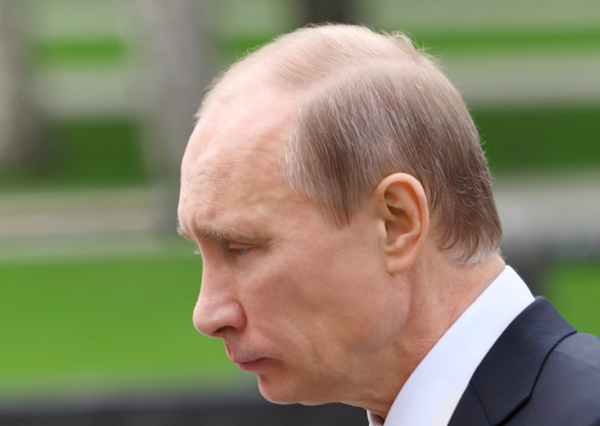Palladium price soars on South Africa strikes, Russia tensions
 An almost two-month-old strike at South Africa’s PGM mines showing no signs of ending and a stand-off between the West and Russia have combined to push the palladium price to a two-and-a-half year high.
An almost two-month-old strike at South Africa’s PGM mines showing no signs of ending and a stand-off between the West and Russia have combined to push the palladium price to a two-and-a-half year high.
Spot palladium touched the $800 an ounce level on Friday, the highest level since September 2011, before easing to $788.60 an ounce, still up more than 2% on the day and showing double digit gains for 2014.
South Africa and Russia combined account for close to 80% of global supply of the precious metal which is mainly used to clean emissions in automobiles.
Rising tensions and the threat of rounds sanctions and counter-sanctions between US and European nations and Russia, over the latter’s de facto annexation of Crimea, have raised fears that Russia may use its vast palladium stockpiles and mine output to punish the West.
Europe’s car industry is the top consumer of platinum and palladium and total Russian exports of palladium collapsed to only 6,500 ounces in February even before the Ukraine dispute came to a head.
Another factor boosting the the palladium price is the launch next week of two physical palladium-backed exchange traded funds in Johannesburg, South Africa.
Holdings in a platinum ETF listed a year ago on the Johannesburg Securities Exchange have increased sharply this year however after more than 70,000 workers at the world’s three largest platinum producers, Anglo American Platinum (LON:AAL), Imapala Platinumm (OTCMKTS:IMPUY) and Lonmin (LON:LMI), went on strike January 23.
Together the South African companies’ mines produce 3.5 million ounces in 2012; almost 60% of the world’s platinum. South Africa together with Russia control more than three-quarters of world supply of platinum.
Estimates point to roughly 10,000 ounces of platinum and 5,000 ounces of palladium production lost each day due to the strikes. According to a website set up by producers the companies’ have lost combined revenue of R9.4 billion (roughly $900 million).
Implats previously said even when the strikers do return to work it would take up to three months to restart production. In February week the company, number two producer behind Angloplat, said it can supply customers to end of March, but not beyond, which may force it to buy metal on the open market.
In contrast to palladium, the price of platinum has moved little amid the market turmoil – it is up 4.5% this year, last trading at $1,436 an ounce in New York and is still down almost 10% compared to this time last year.
Huge inventories built up at the largest producers and in Nymex warehouses are being blamed for the muted reaction of platinum and palladium prices to the disruption.
Image of Vladimir Putin at tomb of Unknown Soldier, Moscow in 2011 by Pavel L Photo and Video / Shutterstock.com
More News
{{ commodity.name }}
{{ post.title }}
{{ post.date }}


Comments